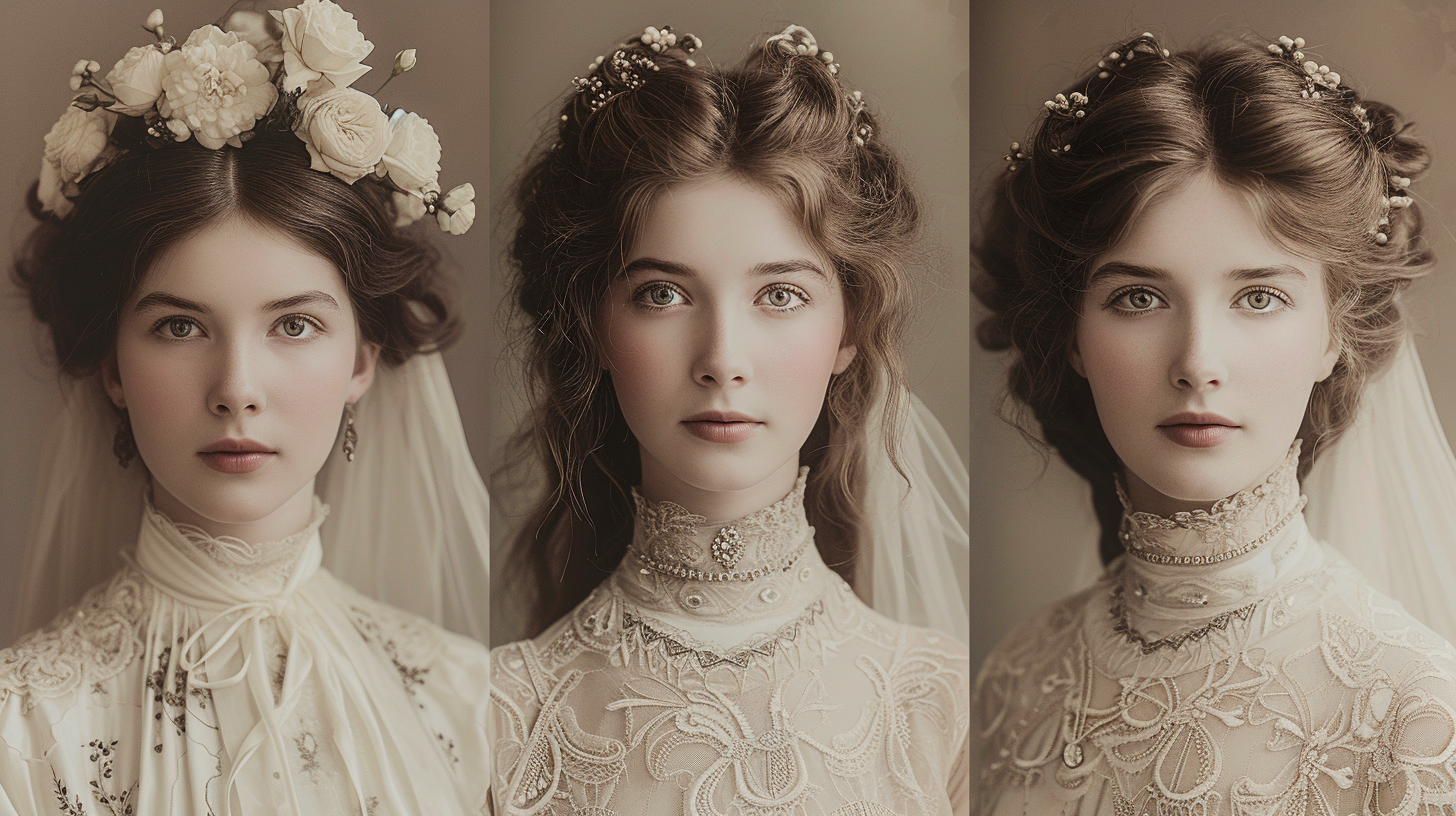How the Average Age of Brides in Ireland Has Changed - And Why

Not only has the role of marriage changed in society, but the age at which brides say “I do” has also evolved over time. We take a look at how the average age of marriage in Ireland has shifted and how societal perspectives have driven this change.
Back in the Day: Young Brides and Timeless Traditions
We’ve all heard that people are living longer and that many things used to happen at an earlier age, such as childbirth and, of course, marriage. Indeed, for generations, marrying young was the norm: not only was it practical in terms of reproductive capacity, childrearing responsibilities, and general life expectancy, but it was also just the way things were done for centuries.
Until more recently. In the 1970s, young couples began getting married later – both in Ireland but also globally. From the introduction of contraception and the rise of the women’s movement to the changing workforce, the needle has been slowly but surely moving: in 1972, brides on average were just under 25, while data from the Central Statistics Office has the average age of Irish brides now resting at 35.4.
So why the change? There are a few reasons behind the shift.
Educational Pursuits and That Career Ladder
One major player in the shift in average age of brides is the pursuit of education and career aspirations. Like many developed countries, Irish women are hitting the books and the boardrooms, actively engaging in higher education and establishing themselves professionally before saying 'I do'. It's all about personal and career growth before committing to marriage and settling down.
Financial Independence and Stability
The quest for financial independence and stability is another big player behind the changing average age of brides and the decision-making process when it comes to weddings. More couples are waiting until they’ve got their ducks in a row, with a solid foundation (and bank account) beneath them before tying the knot.
For many couples, this sense of economic security allows them to create a more stable environment for their future together. Stable wallet, stable life, right?
Changing Perspectives on Relationships
Similarly, shifts in societal attitudes towards relationships have also played a pivotal role in changing the average age of Irish brides. Historically, couples may have rushed into marriage as it offered more guarantees of financial and social security, whereas today, there is much greater emphasis on finding a life partner based on compatibility, shared values, and emotional connection.
Couples are investing more time in getting to know each other before taking the plunge into marriage: they want to ensure they’re on the same page and have a genuine, meaningful connection before throwing the confetti up in the air.
What’s more, the role of marriage in society has also changed. No longer is a wedding seen solely as a rite of passage – something to be ticked off the list at a certain age. Instead, marriage today is a conscious choice: one made for personal fulfillment and shared goals, when a couple is both emotionally and mentally ready for the adventure.
The shift towards marrying later in life reflects modern society: weddings aren’t just about tradition anymore, but about embracing individual journeys, personal growth, and finding happiness in a more mature union. Modern brides are the authors of their own love stories – one in which age is, truly, just a number.
Whatever your approach to marriage, and whatever age you are, look your best on the big day with Jules Bridal’s selection of hair accessories and jewellery.
Leave a comment
Comments will be approved before showing up.
